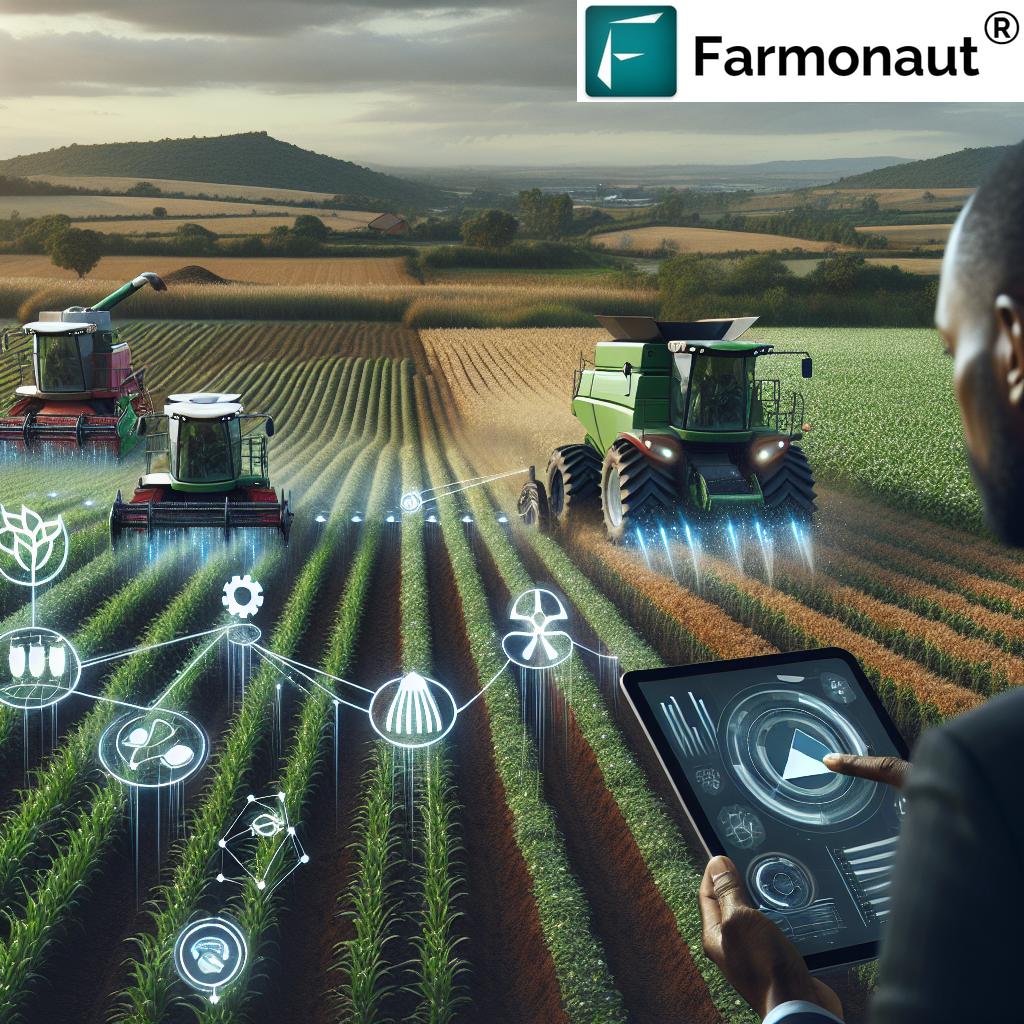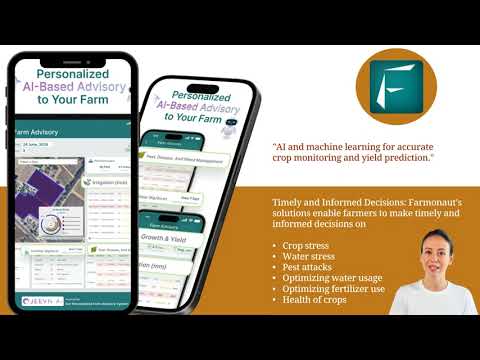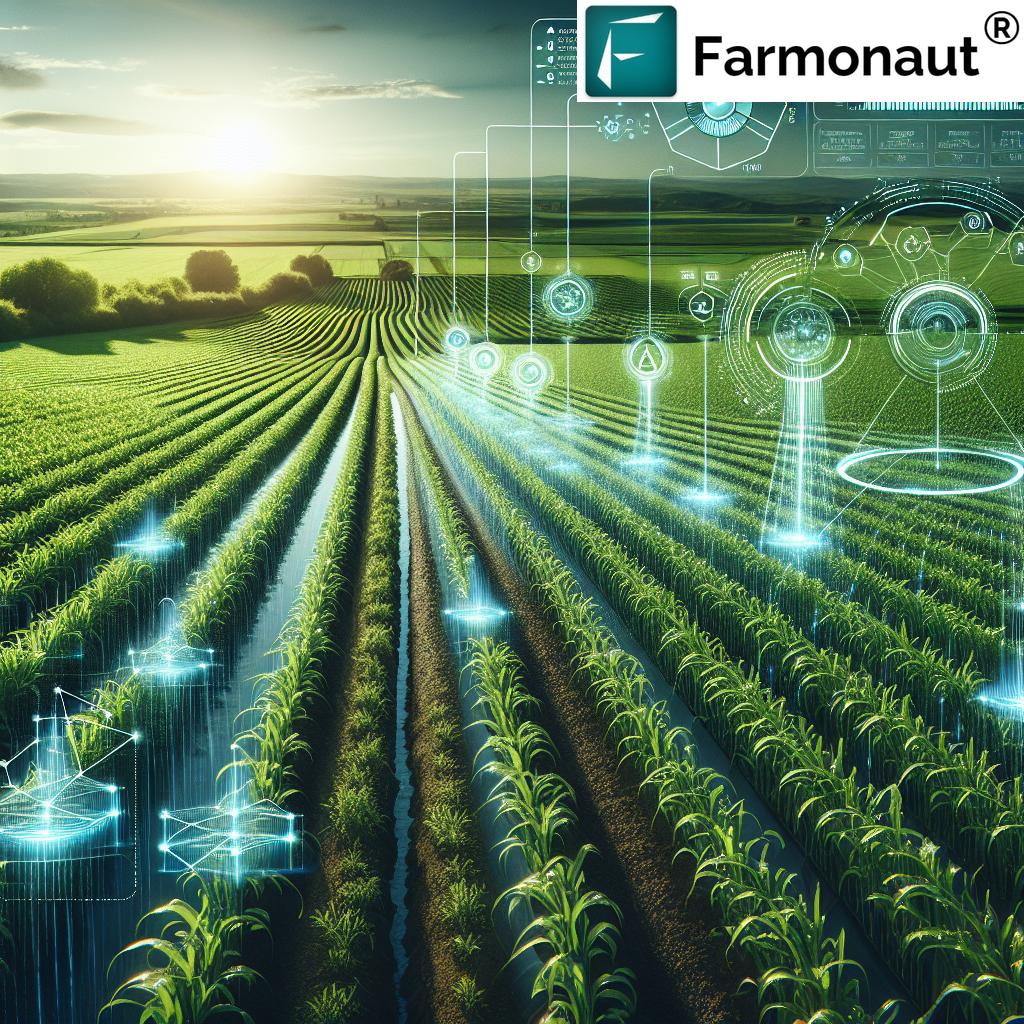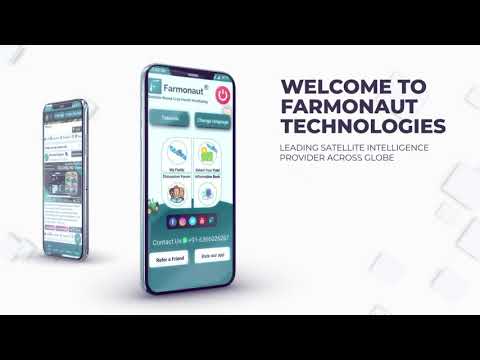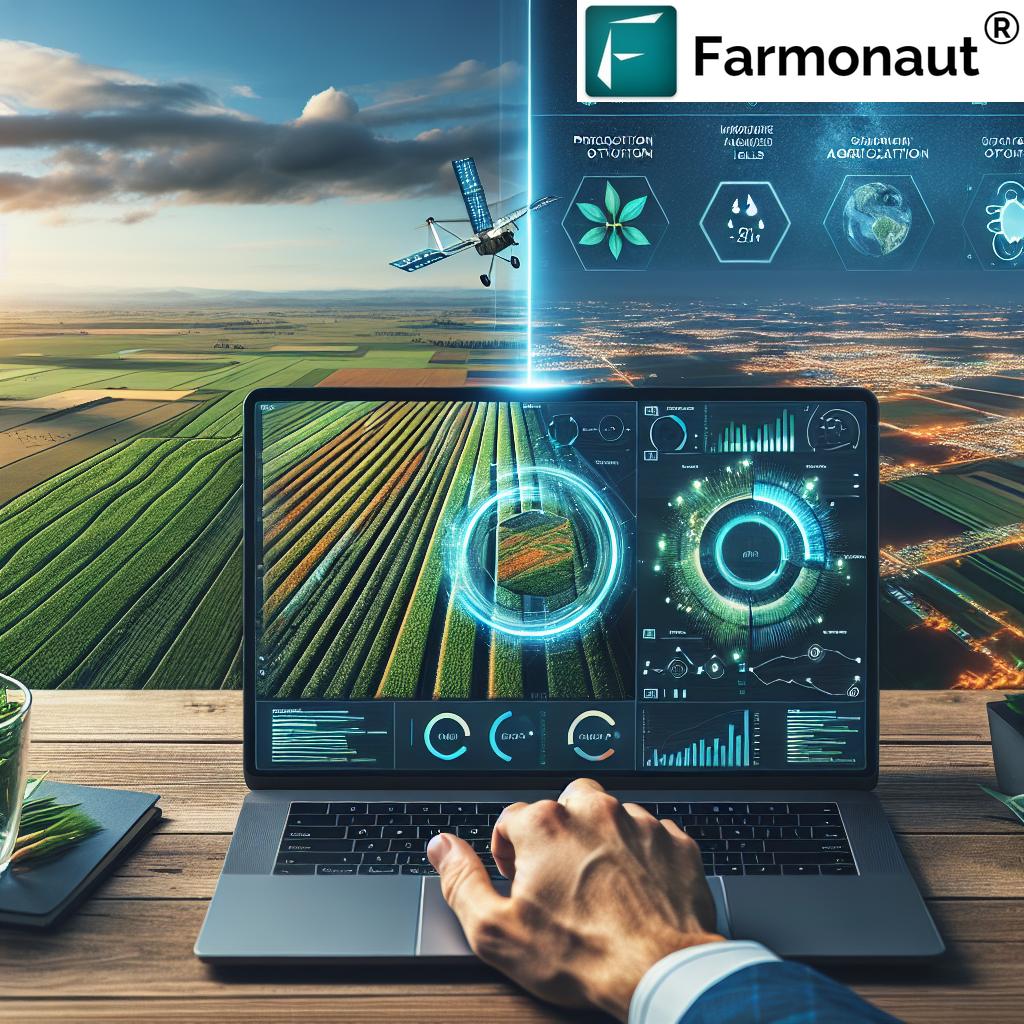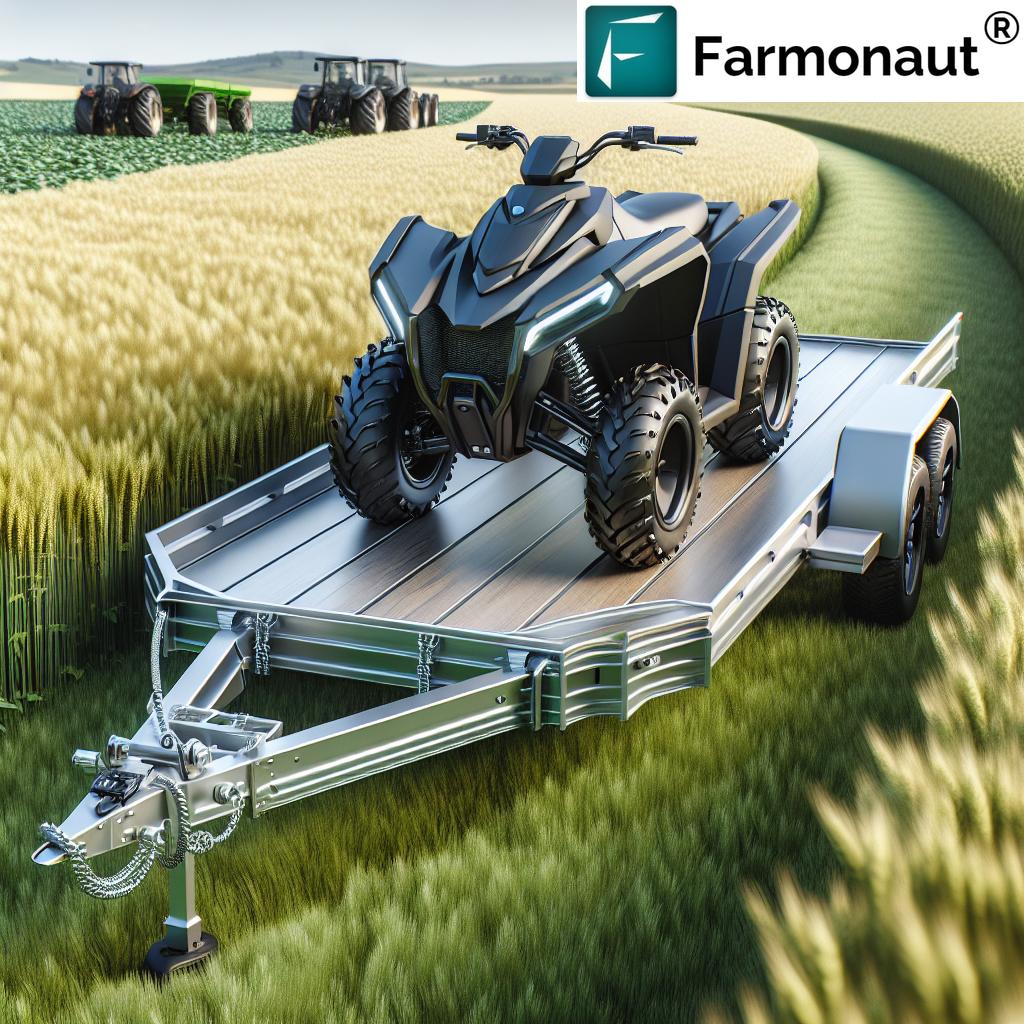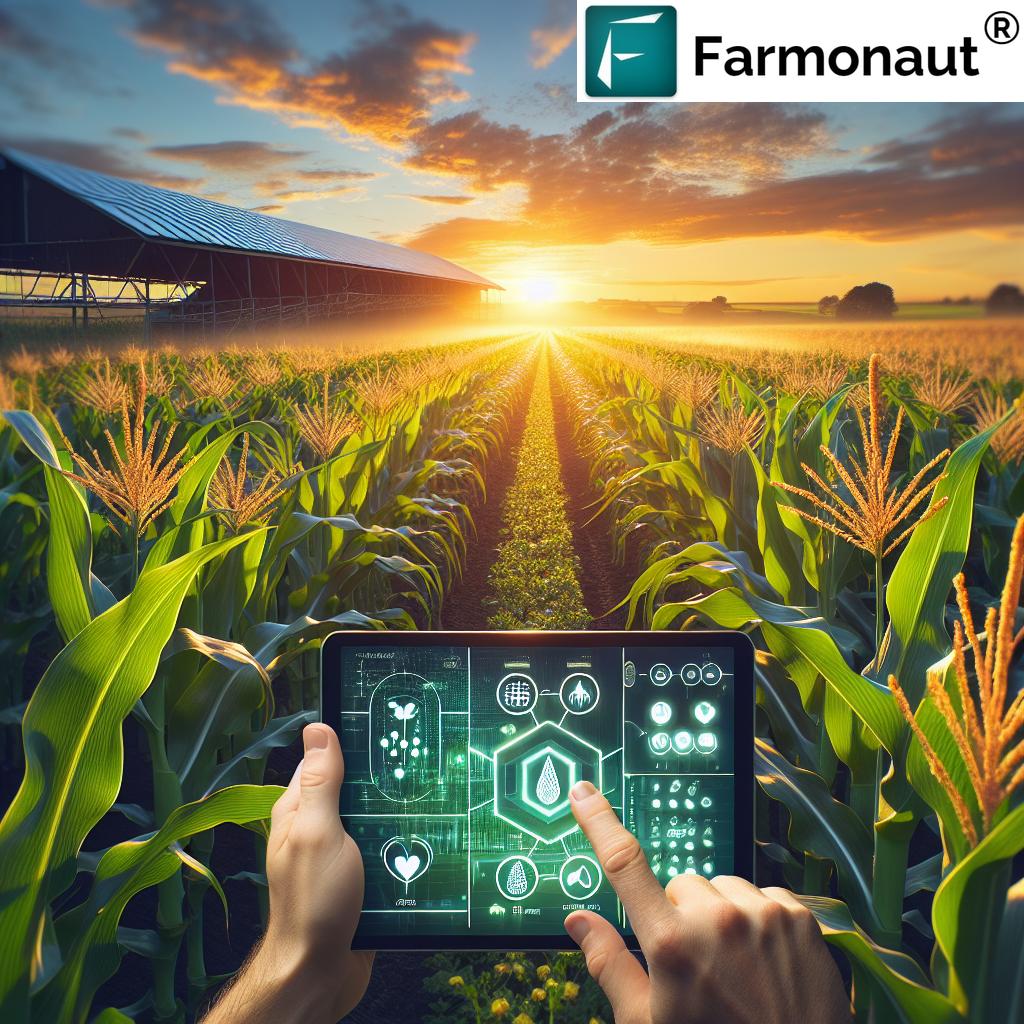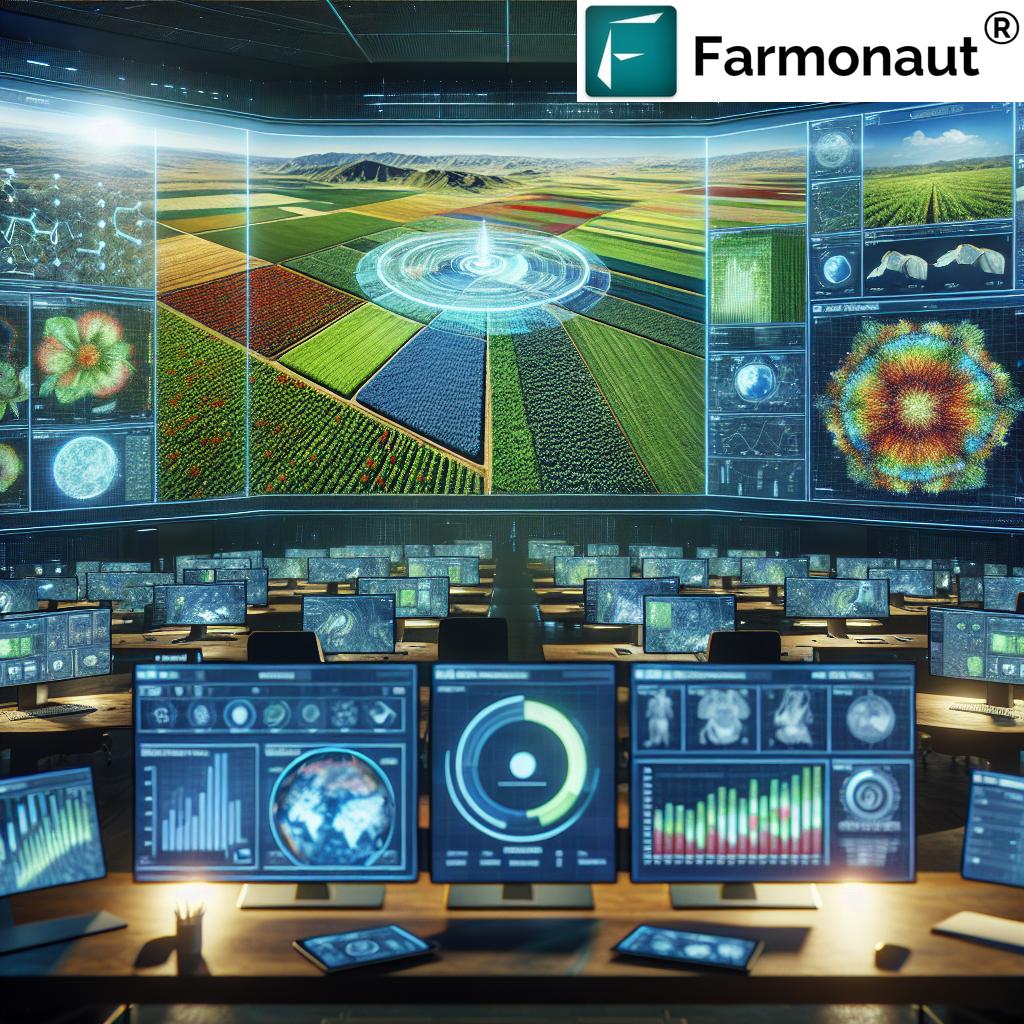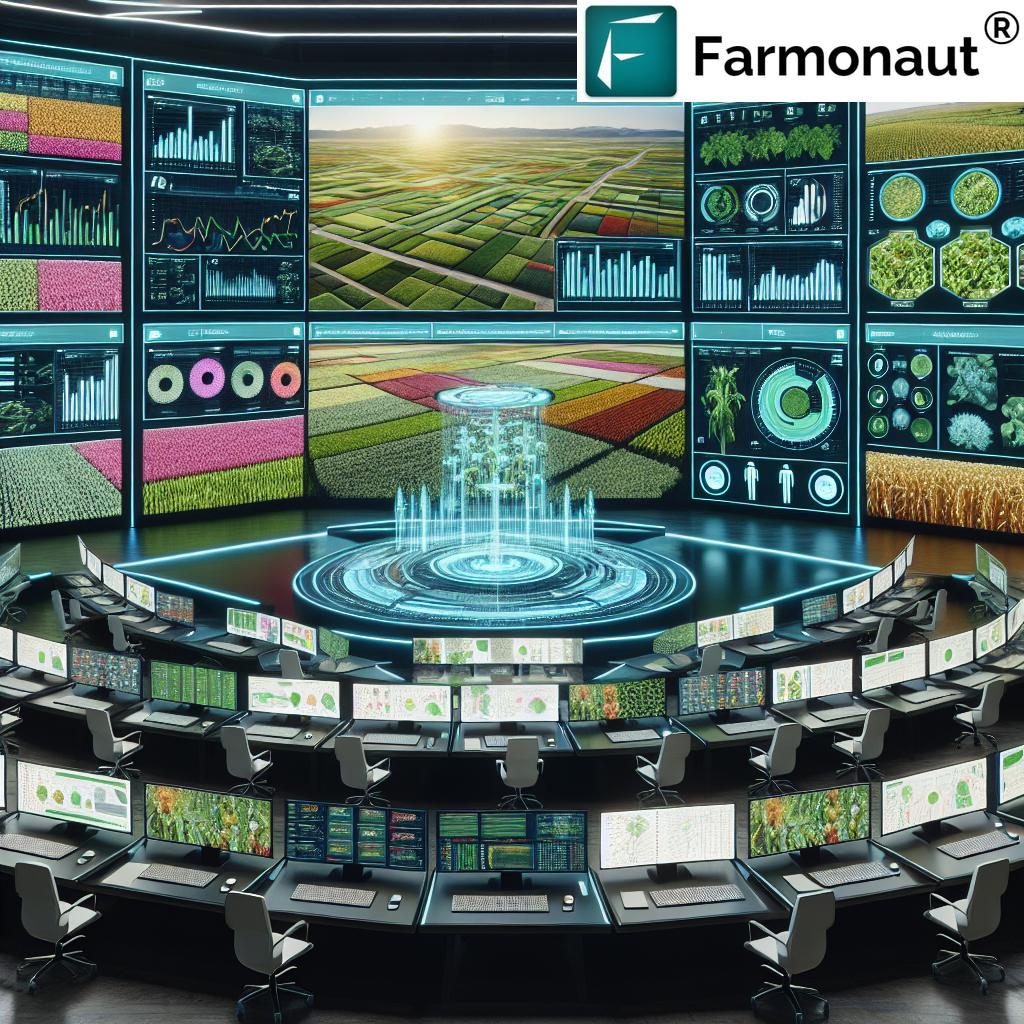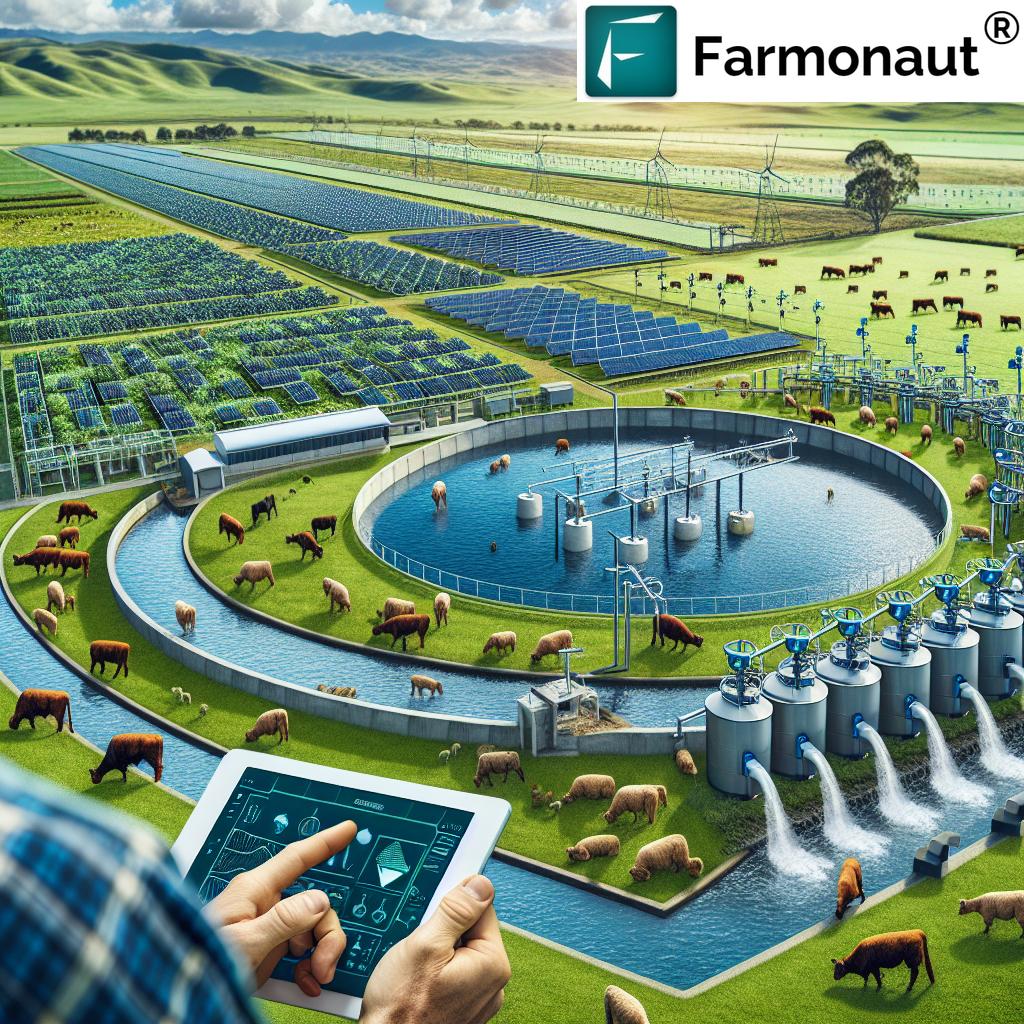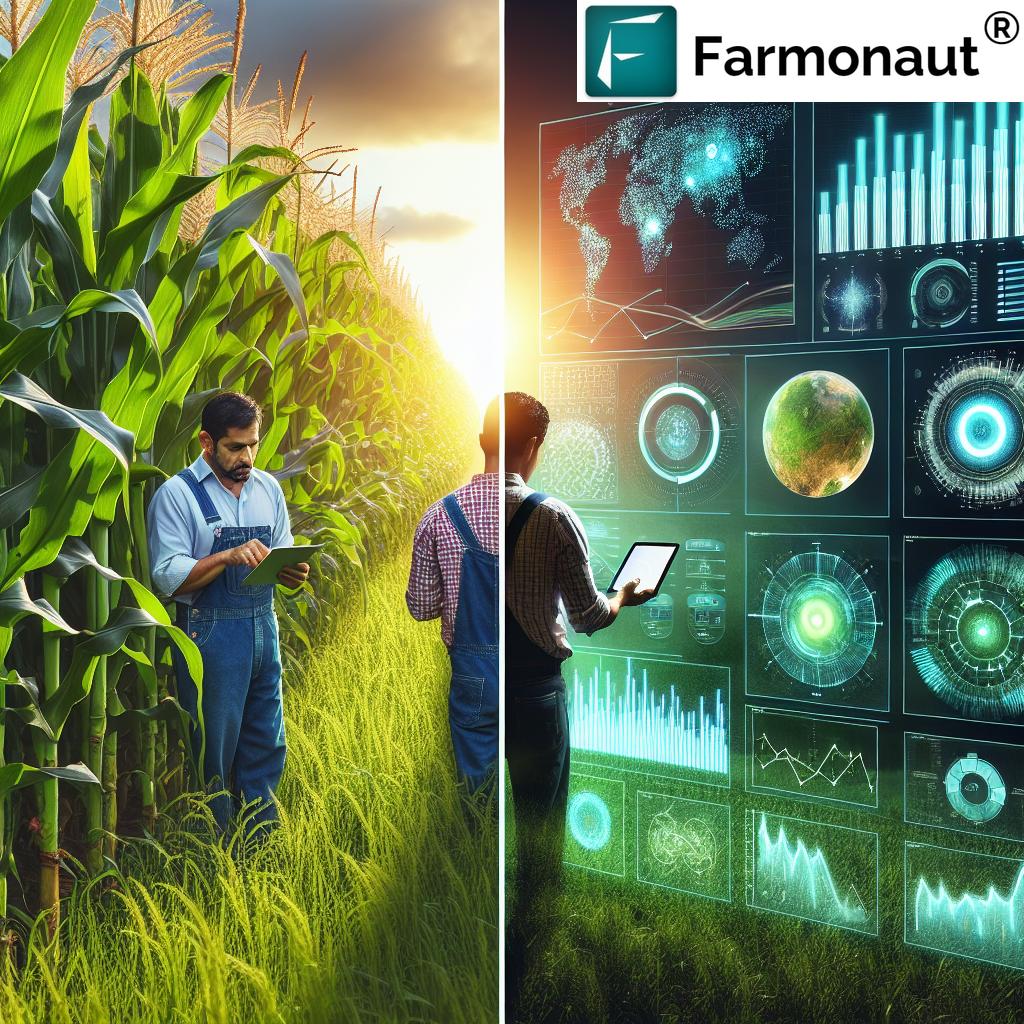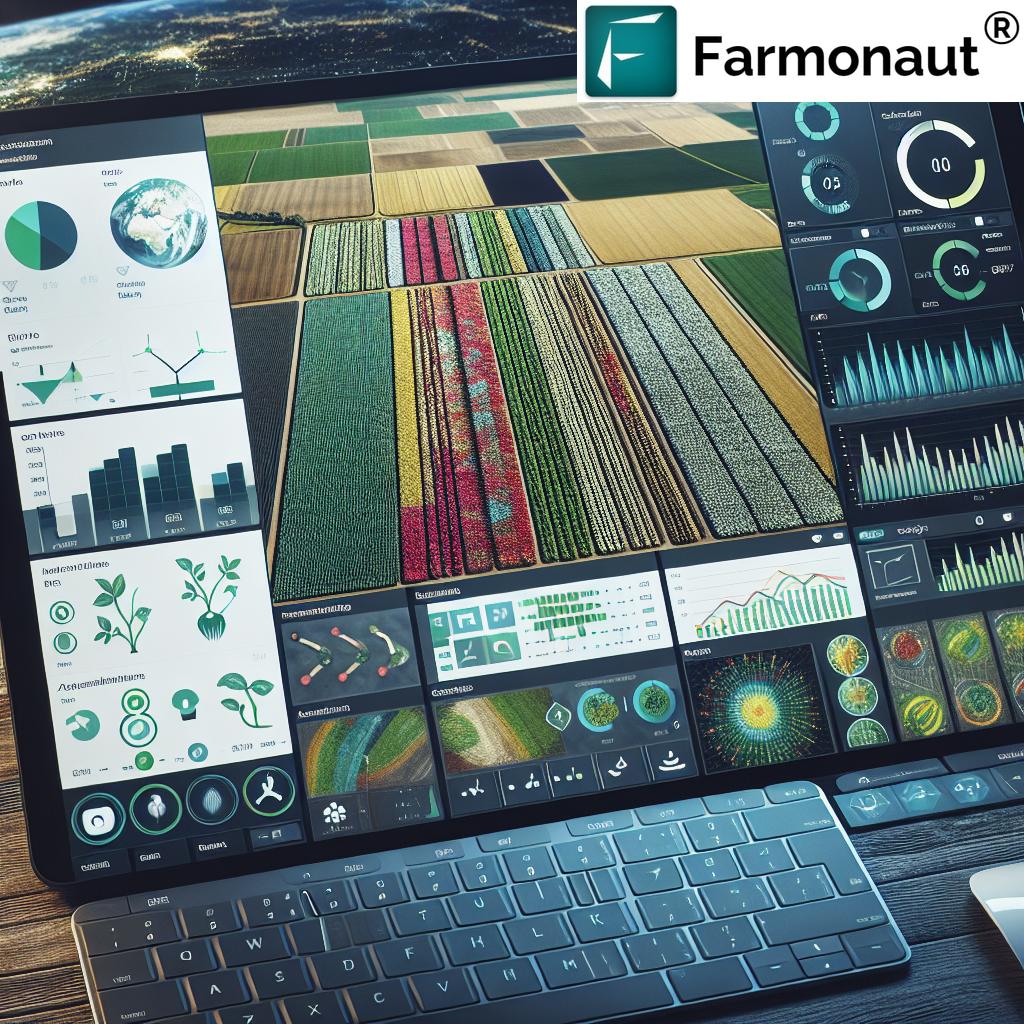Smart Agriculture System: 7 Tech Secrets Revolutionizing Farming
“Smart agriculture systems can increase crop yields by up to 30% using precision technology and data analytics.”
Introduction: The Modern Farming Evolution
Agriculture is at the heart of human civilization, sustaining populations and economies for millennia. Today, however, the challenges facing farmers and agribusinesses are more complex than ever before—rising global food demands, climate variability, water scarcity, labor shortages, and environmental concerns. In response, a new era of smart agriculture powered by advanced technologies is revolutionizing how we manage farms, optimize resources, and secure our food systems for generations to come.
At the center of this transformation are solutions that leverage the Internet of Things (IoT), artificial intelligence (AI), automation, and real-time data analytics. Through these integrated tools, we are seeing remarkable advances in crop monitoring, livestock management, resource efficiency, and sustainable farming practices.
What is Smart Agriculture?
Smart agriculture, also known as precision agriculture, is the integration of advanced technologies and digital tools into our farming practices. This approach enables us to collect, analyze, and apply real-time agricultural data to enhance our efficiency, productivity, and sustainability.
Unlike traditional farming—which often relies on broad, uniform treatment of fields and livestock—smart agriculture is data-driven. By leveraging sensors, satellite imagery, IoT devices, AI-powered platforms, and automated machinery, we can now monitor every aspect of farm operations and implement precision crop management. This means we can manage each part of a field or even individual plants and animals based on their specific needs, rather than applying a “one-size-fits-all” approach.
The result? We enable increased yields, cost-effective resource use, improved livestock health, and a significantly reduced environmental impact.
“Over 70% of farmers adopting smart sensors report improved resource efficiency and reduced environmental impact.”
Smart Agriculture: 7 Tech Secrets Revolutionizing Farming
As we embrace the digital era of farming, some transformative technologies are truly redefining what’s possible on the field—from data-rich decision-making to sustainable farm management. Let’s dive into these seven tech secrets that are shaping the future and present of smart, precision-focused agriculture.
1. Internet of Things (IoT) in Farming
- IoT sensors & actuators are embedded throughout our fields, barns, and storage facilities, collecting real-time data on every aspect of the environment. This includes vital parameters like soil moisture, temperature, humidity, and crop growth stages.
- Through continuous monitoring, we can proactively manage soil conditions, optimize irrigation and nutrition, and identify potential threats (pests, diseases, or water stress) before they escalate.
- Practical use: With solutions like Farmonaut’s smart crop plantation and forest advisory tools, satellite-empowered data seamlessly integrates into our mobile apps and web dashboards, making IoT in farming practical and accessible.
2. Artificial Intelligence (AI) and Agricultural Data Analytics
- Artificial intelligence in agriculture empowers us to analyze vast datasets from satellites, IoT sensors, weather models, and market feeds.
- With AI algorithms, we can predict crop yields, identify diseases or nutrient deficiencies (through image analysis and pattern recognition), and optimize planting/harvesting times or resource applications.
- Advanced example: Farmonaut’s carbon footprinting platform combines AI, satellite, and real-time ground data to help us monitor and reduce environmental impact, supporting compliance and sustainability efforts.
3. Automation, Robotics, and AI-driven Fleet Management
- Automated machinery—like self-driving tractors, seed planters, and robotic harvesters—brings unprecedented efficiency and precision.
- Robotics in agriculture enables us to perform repetitive and high-precision tasks (planting, weeding, harvesting, spraying) with minimal labor costs and maximum operational uptime.
- Fleet innovation: Farmonaut’s fleet management system optimizes vehicle usage, routes, and maintenance—perfect for large-scale agribusinesses striving to cut costs while improving efficiency.
4. Unmanned Aerial Vehicles (UAVs): Drone Technology in Agriculture
- Drones and UAVs—equipped with HD cameras and multispectral sensors—deliver aerial imagery for detailed crop monitoring, pest or disease mapping, and yield estimation.
- They offer rapid field coverage for scanning vast areas, which is instrumental for early pest detection, field variability analysis, and precision input application.
- Example: Farmonaut’s large-scale management solutions help plantation owners & farm managers use drone or satellite data for real-time field health, ensuring timely responses and optimal resource allocation.
5. Remote Sensing & Satellite Imagery
- Remote sensing satellites offer automated crop monitoring at both micro (field) and macro (regional) scales, providing ongoing updates on crop health (NDVI, NDRE), soil moisture levels, and even early stress or pest indicators.
- These images feed into AI-driven tools, such as Farmonaut’s crop health modules, giving us actionable insights—for everything from irrigation timing to fertilizer application and harvest predictions.
- By using satellite-based verification for crop loans and insurance, we also help safeguard financial decisions and minimize risk for both farmers and lenders.
6. Smart Irrigation Systems
- Intelligent irrigation systems use soil moisture sensors, weather forecasts, and IoT, enabling us to schedule and automate water delivery as per the real-time needs of our crops.
- This helps us conserve water, reduce costs, and ensure that plants receive optimal hydration for robust growth.
- Integration with smart apps like Farmonaut further links these systems with satellite-derived field moisture data, offering even greater precision and predictability.
7. Blockchain for Product Traceability
- Blockchain technology in agriculture guarantees traceability—tracking every step of a crop’s journey from sowing to processing to shelf. Each transaction or event becomes a secure, verifiable record.
- This promotes food safety, supply chain transparency, and trust among increasingly discerning consumers.
- Industry use: Farmonaut’s product traceability module delivers robust blockchain-backed records for agricultural producers and food processors.
Practical Applications & Use Cases of Smart Agriculture
By applying these smart agriculture systems, we improve nearly every dimension of farm management. Here’s how:
-
Precision Crop Management:
- We tailor input application—fertilizers, pesticides, water—to specific field zones or even plants, driven by real-time soil and crop health monitoring.
- This minimizes waste, lowers costs, and improves environmental sustainability through targeted action.
-
Livestock Monitoring:
- IoT wearables and vision systems now track animal health, movement, feeding, and detect diseases early, leading to improved productivity and animal welfare.
-
Smart Irrigation Systems:
- Water is precious. Automation and IoT optimize water delivery exactly when and where it’s needed, reducing consumption and enhancing yields.
-
Supply Chain Optimization:
- IoT and blockchain help monitor the condition of produce in real-time during transport and storage, improving quality and reducing spoilage/food loss.
Highlight: Farmonaut’s Smart Agriculture Solutions
As pioneers in smart farm management, Farmonaut brings many of these advanced technologies together in a single, accessible ecosystem. By combining satellite imagery, AI-powered analytics, blockchain traceability, and resource management—through mobile, browser apps and APIs—we’re able to empower farmers, agribusinesses, and government agencies worldwide. Our platform democratizes smart/precision agriculture, helping users seamlessly adopt the tools and insights needed to thrive in the digital era.
- Satellite-Based Crop Health Monitoring: Unlock real-time vegetation indices (NDVI), soil moisture, and crop health maps for data-driven field actions.
- Personalized AI Advisory (Jeevn AI): Get field-specific, timely advice based on AI analysis of satellite and sensor data—weather, irrigation, farm management, and more.
- Product Traceability: Ensure transparent, reliable supply chains with blockchain-backed traceability of agricultural products.
- Fleet Management: Streamline your machinery operations—tracking, route optimization, and resource allocation for ultimate efficiency.
- Carbon Footprinting: Measure, report, and reduce your farm’s environmental impact—compliant with new regulations and consumer demands.
For technical teams and agri-innovators, Farmonaut’s satellite weather API and developer documentation let you bring these insights directly into your own dashboards and agritech applications.
Comparison Table: Smart Agriculture Technologies & Impacts
| Technology | Main Function | Estimated Yield Improvement (%) | Estimated Cost Reduction (%) | Sustainability Impact | Ease of Adoption |
|---|---|---|---|---|---|
| IoT Sensors & Devices | Real-time monitoring of soil, crop, & environment | 15–30 | 10–15 | High (efficient input use, less runoff) | High |
| Drone Technology in Agriculture | Aerial imagery, field mapping, pest detection | 10–20 | 8–10 | Medium (better pest control, early intervention) | Medium |
| Satellite Imagery | Large-scale, automated crop monitoring | 12–25 | 10–14 | High (precision zone management) | High |
| AI-driven Analytics | Predictive analysis, yield forecasting, decisions | 15–25 | 8–12 | High (less waste, improved timing) | Medium |
| Automated Machinery/Robotics | Planting, weeding, spraying, harvesting tasks | 10–20 | 12–20 | Medium (labor reduction) | Low–Medium |
| Blockchain Traceability | Supply chain verification & transparency | 3–5 | 2–4 | High (trust, less fraud/contamination) | Medium |
| Remote Sensing (Sat./UAV) | Soil & crop status, problem spot identification | 10–18 | 6–9 | High (targeted interventions) | High |
Key Benefits & Impacts of Smart Agriculture
- Increased Efficiency: Automation, precision input use, and real-time decisions streamline our operations, reducing labor and input costs.
- Enhanced Productivity: Smart technologies allow us to achieve consistently higher crop yields and healthier livestock by acting on field- and animal-specific data.
- Sustainability: By optimizing resources (water, fertilizer, chemicals) and minimizing waste, we lessen our environmental impact—a critical consideration in modern food production.
- Improved Decision-Making: Access to real-time data, predictive analytics, and advisory platforms (like Farmonaut’s Jeevn AI) empowers us to adapt and act quickly as field or market conditions change.
- Risk Reduction: Technologies such as satellite verification for insurance/crop loans provide greater certainty and reduce exposure to financial, market, and climatic risks.
- Transparency: With blockchain-based traceability, every actor in the supply chain—farmers, buyers, consumers—gains trust in the quality and provenance of agricultural products.
Challenges and Considerations in Adopting Smart Agriculture
While the potential of smart agriculture technologies is game-changing, their adoption isn’t without hurdles:
- High Initial Investment: Many smart agri-tech solutions require significant upfront capital. The long-term savings and yield gains are substantial, but financing or access programs may be needed for smallholders.
- Data Management: The deluge of agricultural data requires robust digital infrastructure and skills in data analytics, which can be challenging for traditional farm operators.
- Cybersecurity: Connectivity increases vulnerability. We must ensure that IoT devices, farm management apps, and blockchain records are secured against threats.
- Technological Literacy: Farmers and farm managers need ongoing education and support to maximize the benefits and maintain new systems.
- Scalability & Interoperability: Ensuring new solutions are compatible with different field sizes, crops, climates, and legacy equipment can be a pain point, especially in global markets.
The Future of Smart Agriculture: What Lies Ahead?
The future of smart agriculture is defined by connectivity, intelligence, sustainability, and collaboration. As hardware becomes more affordable, and AI/IoT infrastructures more ubiquitous, we can expect broader democratization—making precision farming accessible to even smallholder farmers globally.
Emerging trends to watch:
- Agrivoltaics: Combining crop production and solar energy generation—enabling dual-purpose land use for food and renewable energy.
- Nanotechnology: Nanosenors and smart particles will deliver hyper-local soil health monitoring, pest intervention, and resource optimization at the microscopic level.
- AI-Integrated Supply Chains: Full traceability, demand forecasting, and adaptive logistics powered by blockchain and big data.
- Farmonaut’s Vision: By continuing to build out affordable, scalable platforms for automated crop monitoring, resource management, and blockchain traceability, Farmonaut stands at the frontier of this agricultural revolution—empowering all actors in the value chain to thrive and adapt.
The smart agriculture journey is ongoing. As we adopt and scale these advanced technologies responsibly, our collective goal remains clear: to secure food for the future, protect our natural resources, and enable thriving rural and agricultural communities worldwide.
Frequently Asked Questions (FAQs)
- What is smart agriculture?
Smart agriculture refers to the integration of advanced technologies—such as IoT, AI, automation, and satellite imagery—into farming practices to increase efficiency, productivity, and sustainability. It enables data-driven decisions and precision resource management. - What are the main benefits of precision agriculture technologies?
Precision technologies reduce input waste, lower operational costs, increase crop yields, improve livestock monitoring, and minimize environmental impact by enabling targeted interventions and real-time monitoring. - How does Farmonaut help with smart agriculture?
Farmonaut provides a platform for real-time satellite-based crop health monitoring, AI-driven advisory, resource and fleet management, carbon footprinting, and blockchain-based traceability, making precision agriculture accessible and affordable for all farm sizes. - Is it costly to implement smart agriculture systems?
While the initial setup can be significant, the long-term benefits—cost reductions, higher yields, resource optimization—often outweigh the upfront investment. Additionally, platforms like Farmonaut are designed to be scalable and cost-effective for smallholders to agribusinesses. - What does blockchain offer agriculture?
Blockchain enhances traceability and trust through secure, tamper-proof records from farm to consumer, reducing fraud and ensuring product integrity in the food supply chain. - How can I get started with satellite-based crop monitoring?
You can sign up for Farmonaut’s web or mobile app, or access our satellite weather API. The platform guides you through farm registration, satellite data access, and provides actionable crop and resource insights. - Can smart agriculture improve sustainability?
Yes, by optimizing water, fertilizer, and pesticide use, and through carbon footprint tracking and traceability, smart agriculture supports environmental protection and regulatory compliance.
Farmonaut Subscriptions: Affordable Precision Agriculture
Choose the Farmonaut subscription best suited for your operation—whether you’re a smallholder, a plantation manager, or a government agency. All options provide access to real-time satellite monitoring, AI-powered advice, and advanced resource management tools.
Get Started: Empower Your Fields with Smart Agriculture
Ready to experience the benefits of smart agriculture? Download the Farmonaut App or access the web platform today—your first step towards higher yields, more profitable farming, and a sustainable future.
Prefer to integrate with your existing agri-platform? See our satellite API and developer docs for programmatic access.
Smart agriculture is more than a technological change—it’s a commitment to data-driven farming, resource stewardship, and future-ready food production. Join us on this journey!





